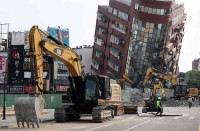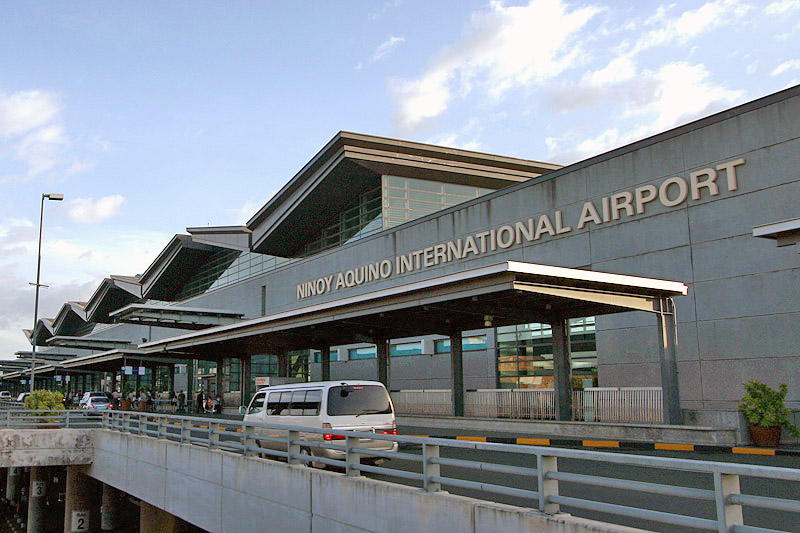GENERAL SANTOS CITY, PIA – Geologists from the Mines and Geosciences Bureau (MGB) 12 on Monday (March 2) conducted a site inspection at Purok Tinago, Barangay Dadiangas South in General Santos City, where a suspected sinkhole was earlier reported.
For the second time, the MGB 12 team clarifies that “it’s not sinkhole but possibly coastal erosion.”
The team had conducted initial site assessment on February 16, a day after residents in the area reported a “sudden sinking of the coastline,” affecting then 46 households.
The sinking, according to the City Disaster Risk Reduction and Management Office (CDRRMO) “extends from the southern end of the wooden pier to approximately 40 meters westward” of the coastline.
The pier is used as docking area of boats by traders from Balut Island who have made General Santos City as their marketing and buying point of goods.
In an interview on Monday with RPN-DXDX, MGB 12 geologist Melvin Sebua has downplayed the “sinkhole idea” saying it’s hard to assume since they will have to use first the aid of high-end equipment and the expert’s mind to eventually do that.
“So far we only have undertaken a visual inspection to assess the situation and basing from our observation it’s possibly just coastal erosion,” he said in Filipino.
Sebua said his team will be making a report regarding the inspection which will contain a recommendation to be provided to the CDRRM Council. This, he said will serve as basis for the council’s decision-making whether to go on detailed study or not.
He said the MGB can recommend experts to do the specific study or the CDRRMC can request the central office to do the job instead.
The geologist said they would recommend for a “sounding survey” to be undertaken in the area. But as to the exact timeframe, Sebua said they have yet to discuss it with the CDRRMO.
A sounding or bathymetry survey is conducted to measure underwater depth and shape of ocean floor, seabed, lake, or other large bodies of water.
Asked how sinkhole occurs, Sebua explained that it is normally caused by erosion or underground water activities.
Usually it happens in area where for so many long years have limestone and other sediments deposited in it. Over time, these will be eroded by constant flow of water causing the collapse leaving a depression or hole in the ground, he further said in Filipino.
Study says “sinkholes are formed when water continually sips in between the mud, rocks, and minerals which made up the groundwater. The flow of water sometimes increases washing away the underground structure making it too weak to support the surface of the earth. It then crumbles and opens up a hole.”
It also said sinkholes can be natural or man-made.
Pending scientific assessment, the MGB team reiterated the incident be called coastal erosion.
Geologist Ariel Acosta, also from MGB 12 said that residents living in Purok Tinago’s coastline and the various pollutants littering around the area have contributed to the incident.
He said litters can increase the “acidity” of water causing the structure underneath it to wear down at the same time loosening the sand’s hold making it unstable.
Acosta explained that this may have triggered coastal erosion in the area considering that sand is of “lahar-type,” originated from a “volcanic eruption” which could break given the many serious factors.
In its earlier report submitted to CDRRMO, the MGB team said the incident may have been “due to continues undercurrent that caused the collapse of a portion of a wall at the seabed adjacent to the coastline.”
The incident has also prompted the city government to immediately relocate the most affected first batch of 38 families at Promise Land in Barangay Mabuhay here.
The rest of the affected families, according to City Social Welfare and Development Officer Rebecca Magante will be transferred soon to a three-hectare land in Purok Lanton, Barangay Apopong. (CT Apelacio/PIA 12 General Santos City)







